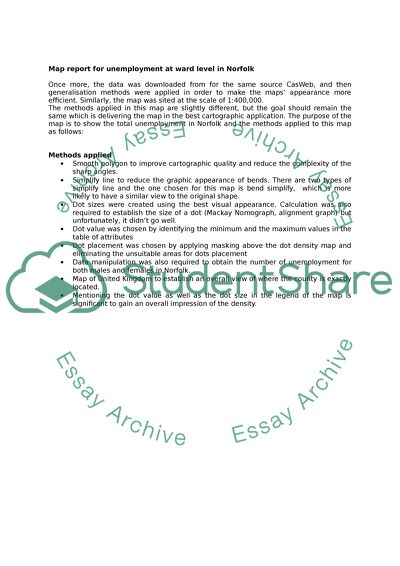Cite this document
(“Map report for unemployment at ward level in Norfolk Research Paper”, n.d.)
Retrieved from https://studentshare.org/sociology/1416998-map-report-for-unemployment-at-ward-level-in-norfolk
Retrieved from https://studentshare.org/sociology/1416998-map-report-for-unemployment-at-ward-level-in-norfolk
(Map Report for Unemployment at Ward Level in Norfolk Research Paper)
https://studentshare.org/sociology/1416998-map-report-for-unemployment-at-ward-level-in-norfolk.
https://studentshare.org/sociology/1416998-map-report-for-unemployment-at-ward-level-in-norfolk.
“Map Report for Unemployment at Ward Level in Norfolk Research Paper”, n.d. https://studentshare.org/sociology/1416998-map-report-for-unemployment-at-ward-level-in-norfolk.


